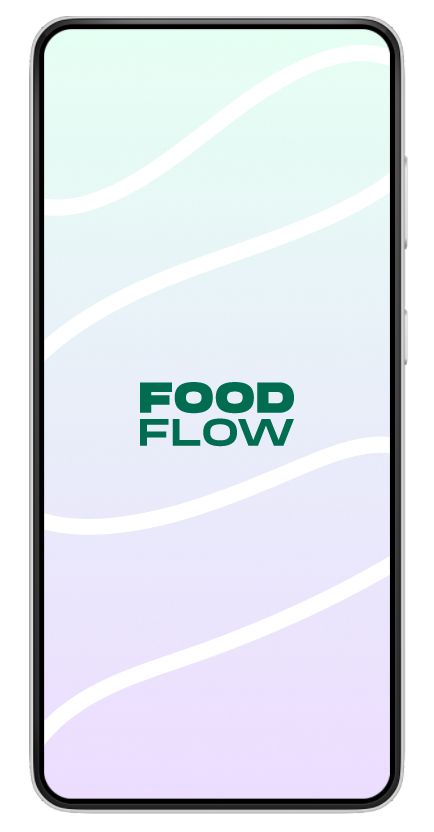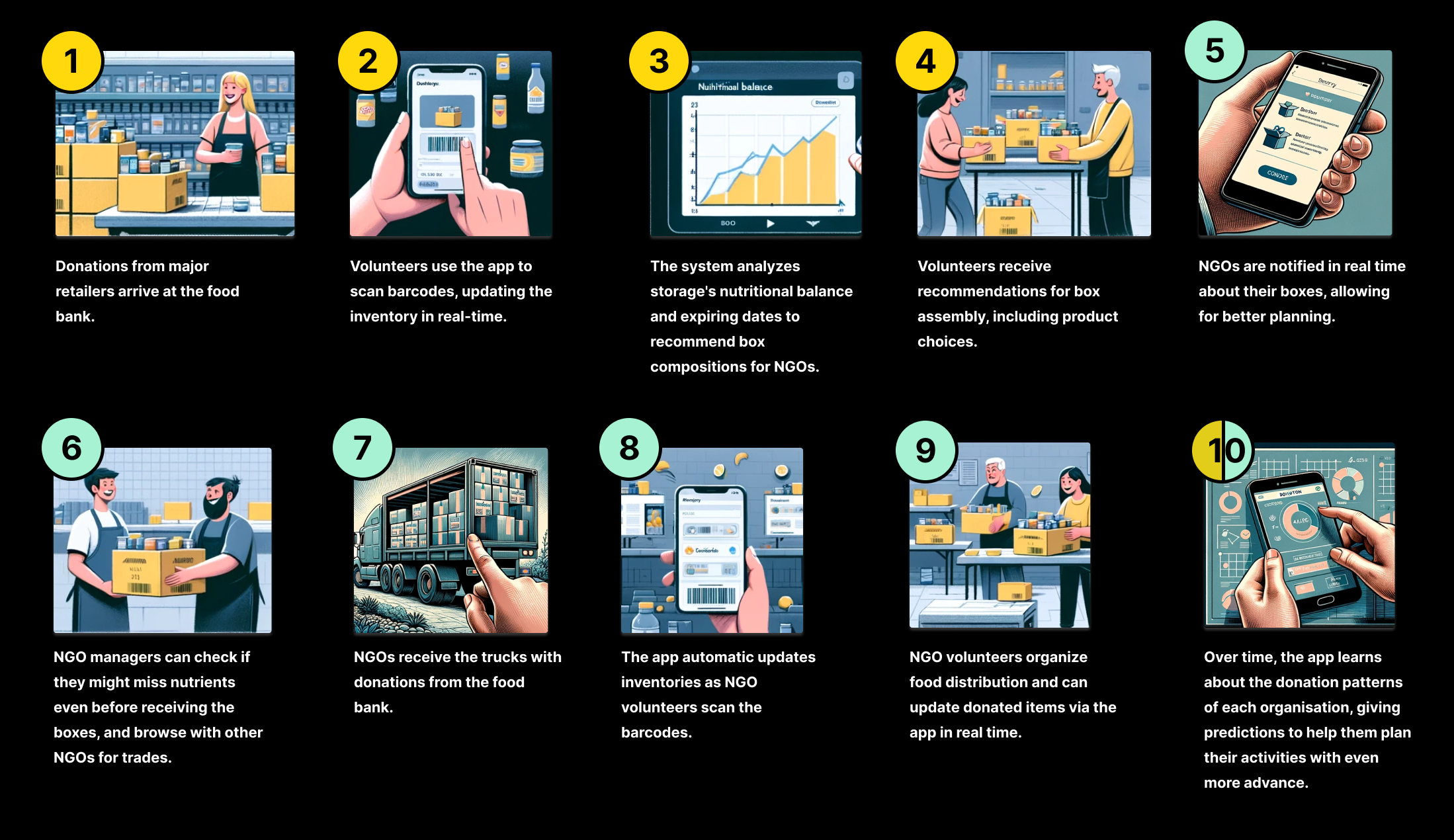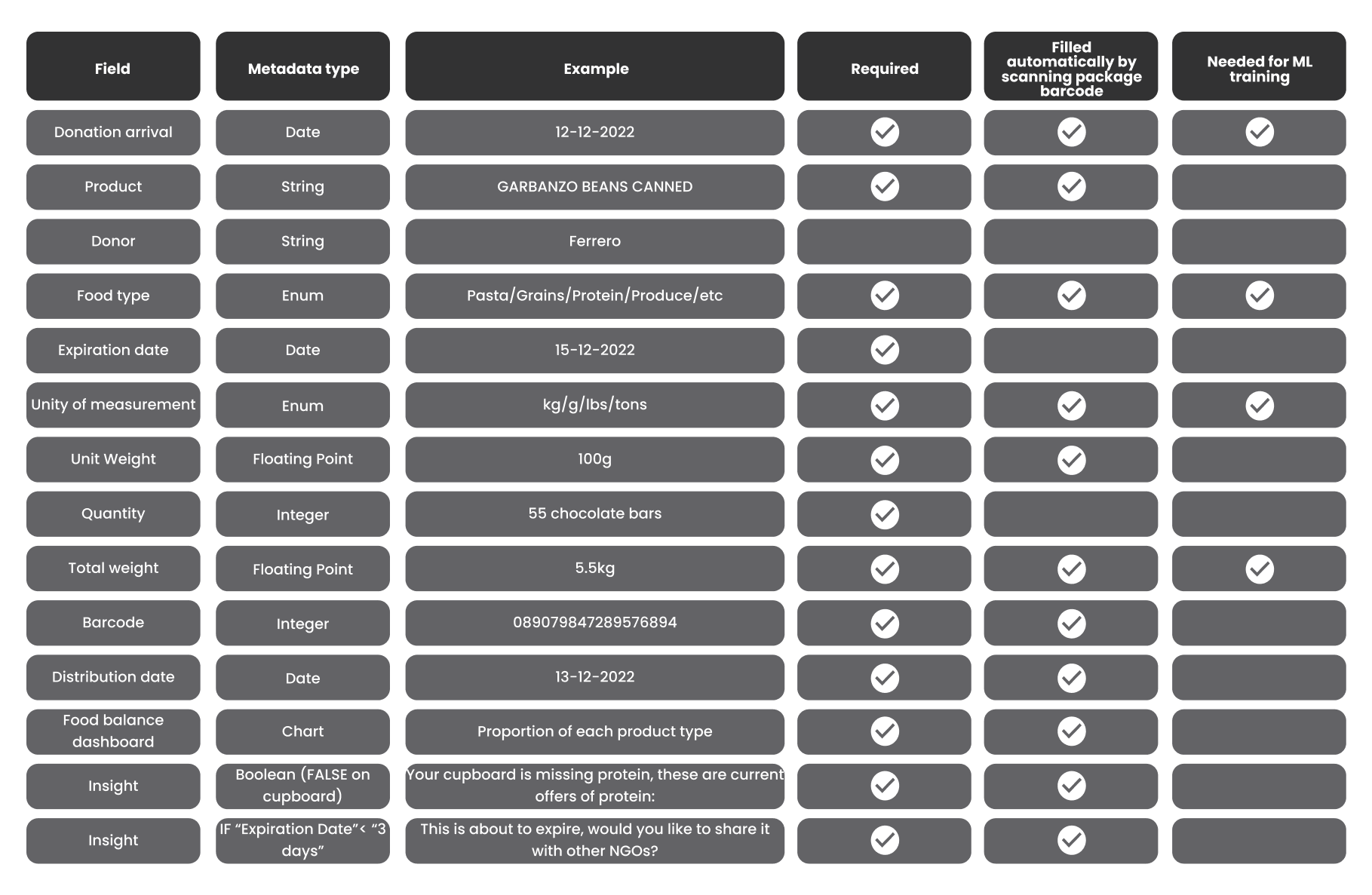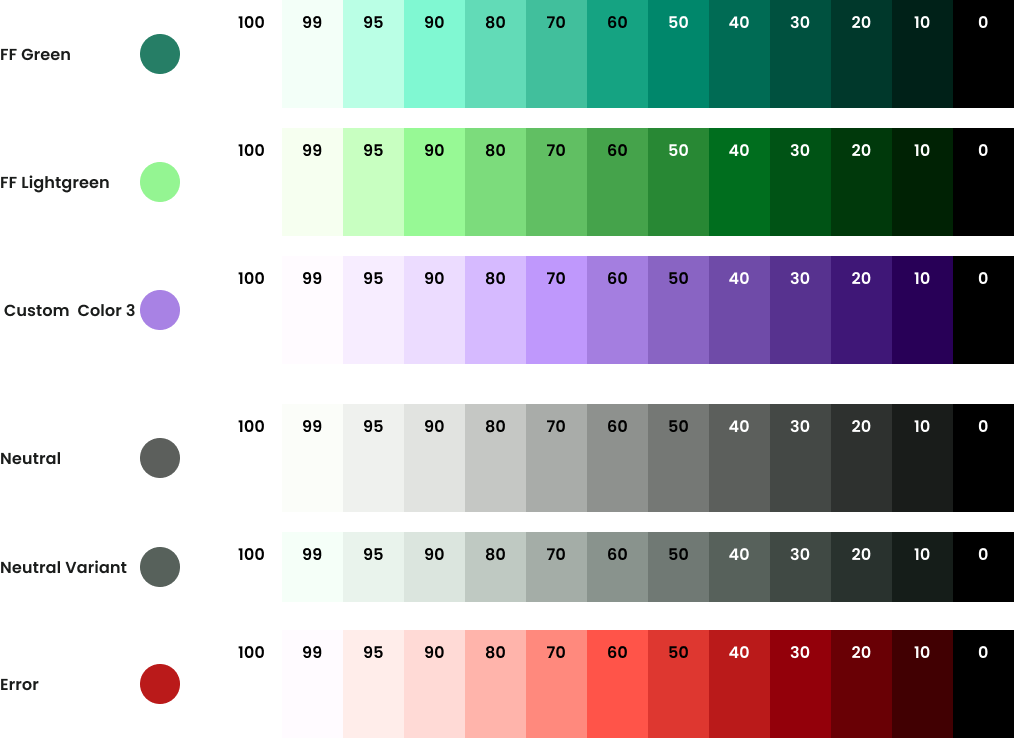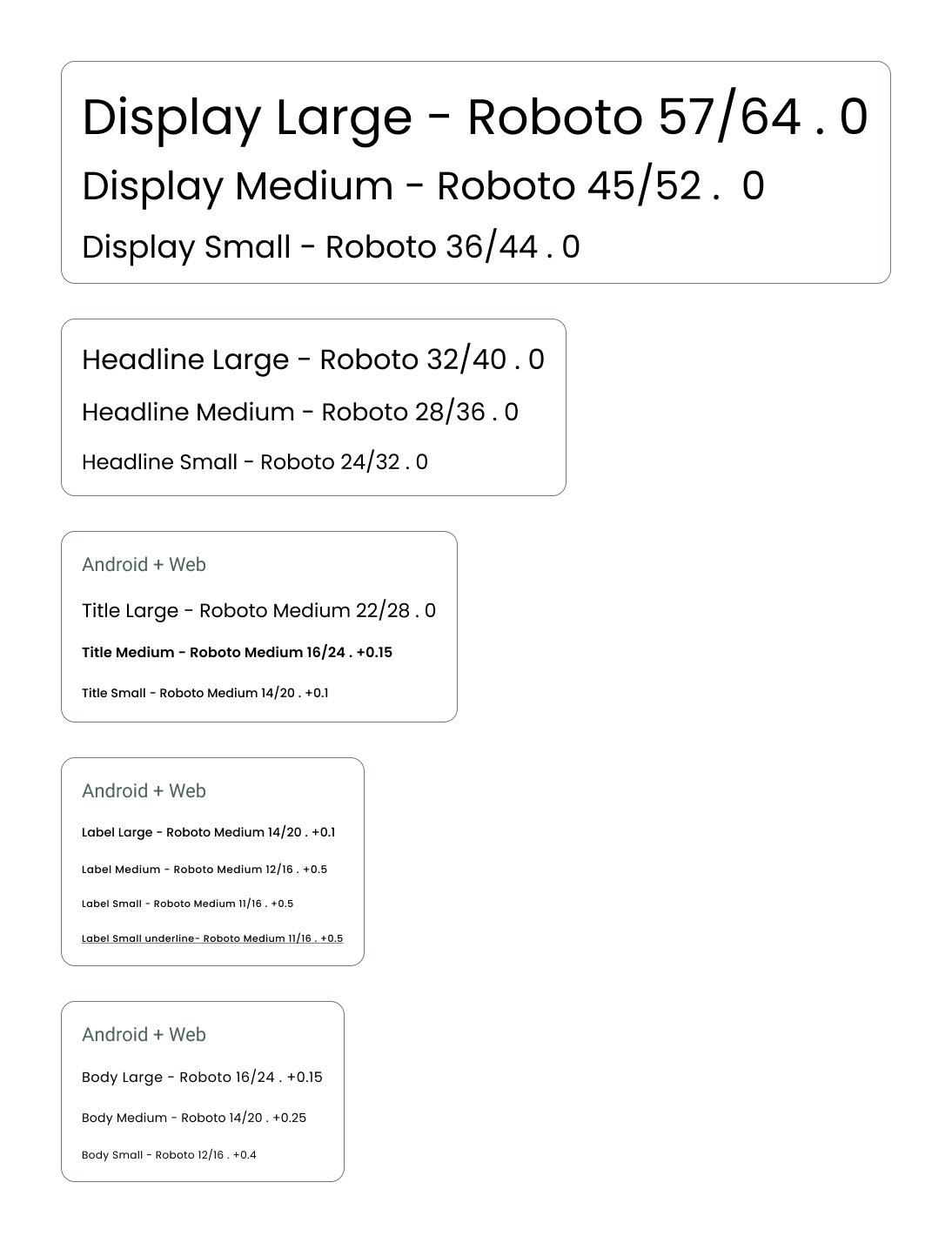Foodflow
A mobile and desktop app created in twelve weeks to support Milanese food banks and NGOs in managing their resources more effectively.
Skip to ↓
This course primarily focused on research. We were assigned the following topic and tasked with identifying challenges and opportunities for technological innovation:
COVID-19 increased poverty in Milan. Even some working families have started to need food aid, creating a new category called "working poor."
02 MY TASKS
- Identifying the right problem;
- Designing concepts;
- Improving the concept through multiple research methods and cycles;
- Prototyping and testing with users;
- Designing the final screens.
- Coordinated qualitative research;
- Worked with a data scientist to train a predictive model;
- Facilitated 2 out of 4 Design Reviews to test the final concept;
- Converted the Visual Identity into a Design System & UI.
If implemented, the app could cut inventory time in half by eliminating duplicate checks. Currently, food banks inspect donations before sending them to NGOs, who then recheck the items upon arrival. Testing demonstrated that the app would significantly expedite this process for both parties.
Problem Definition

Defining the Final Concept
SELECTED PROBLEM
After extensive research we closed on the following problem to tackle:
Food aid organizations have been experiencing long lines and staff shortage.
SELECTED CONCEPT
With the chosen problem and our research insights in mind, we shifted to a third concept, concentrating solely on aid organizations:
An app to streamline food storage management, enabling aid organizations to distribute food donations more efficiently by prioritizing items based on their expiration date and nutritional value.
Concept's Storyboard
Images generated using DALL-E.
Research questions:
Prototype & Test
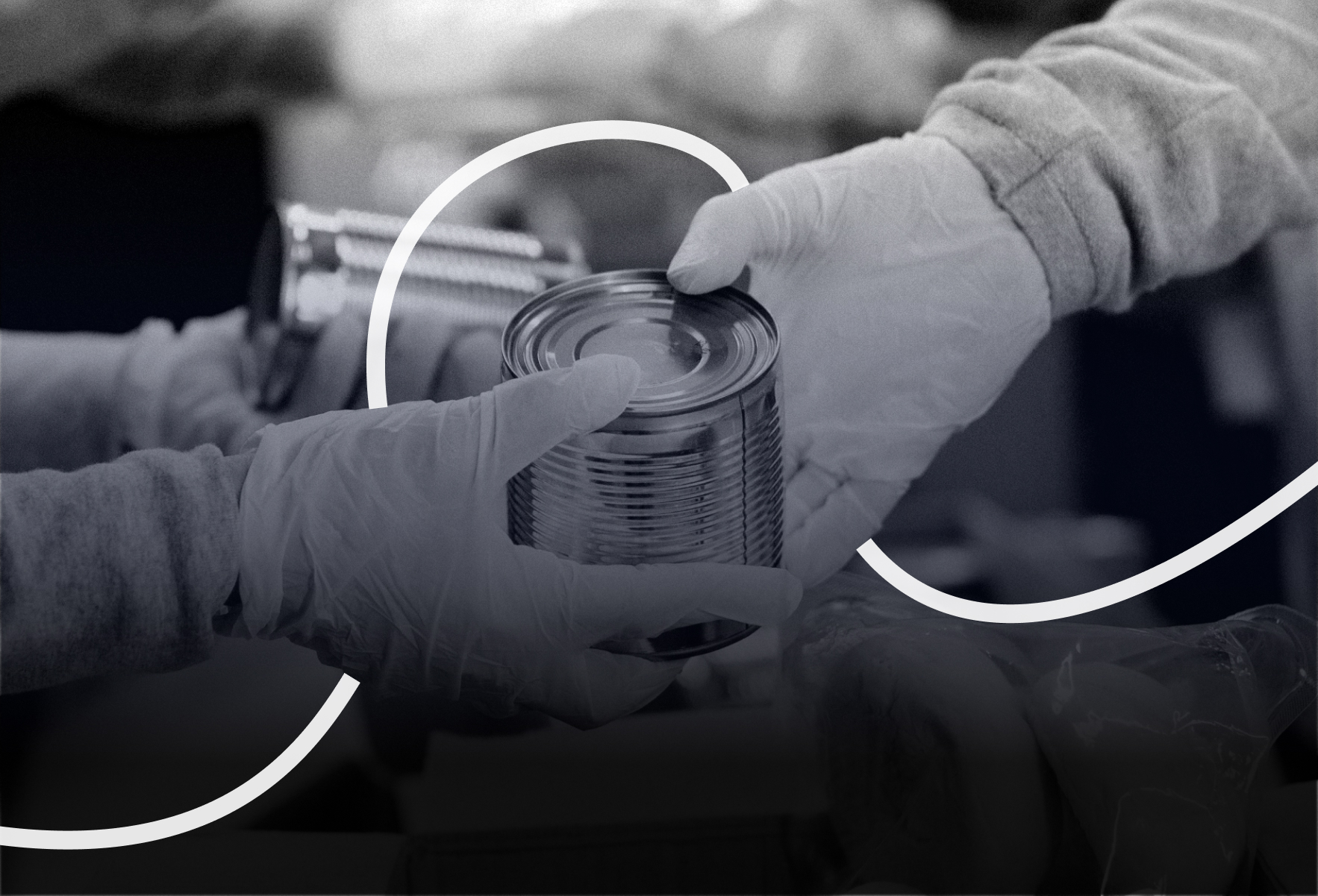
Final Solution
After several iterations, we established the final information architecture and crafted the desktop interface (tailored for Food Bank & NGO managers) and the mobile app (tailored for volunteers).
Information Architecture
Ontology
Taxonomy (Cupboard feature)
To check the rest of the taxonomy, click here.
Choreography
Design System
I designed a design system part of the final screens for the mobile app, while another colleague designed the ones to the desktop app.
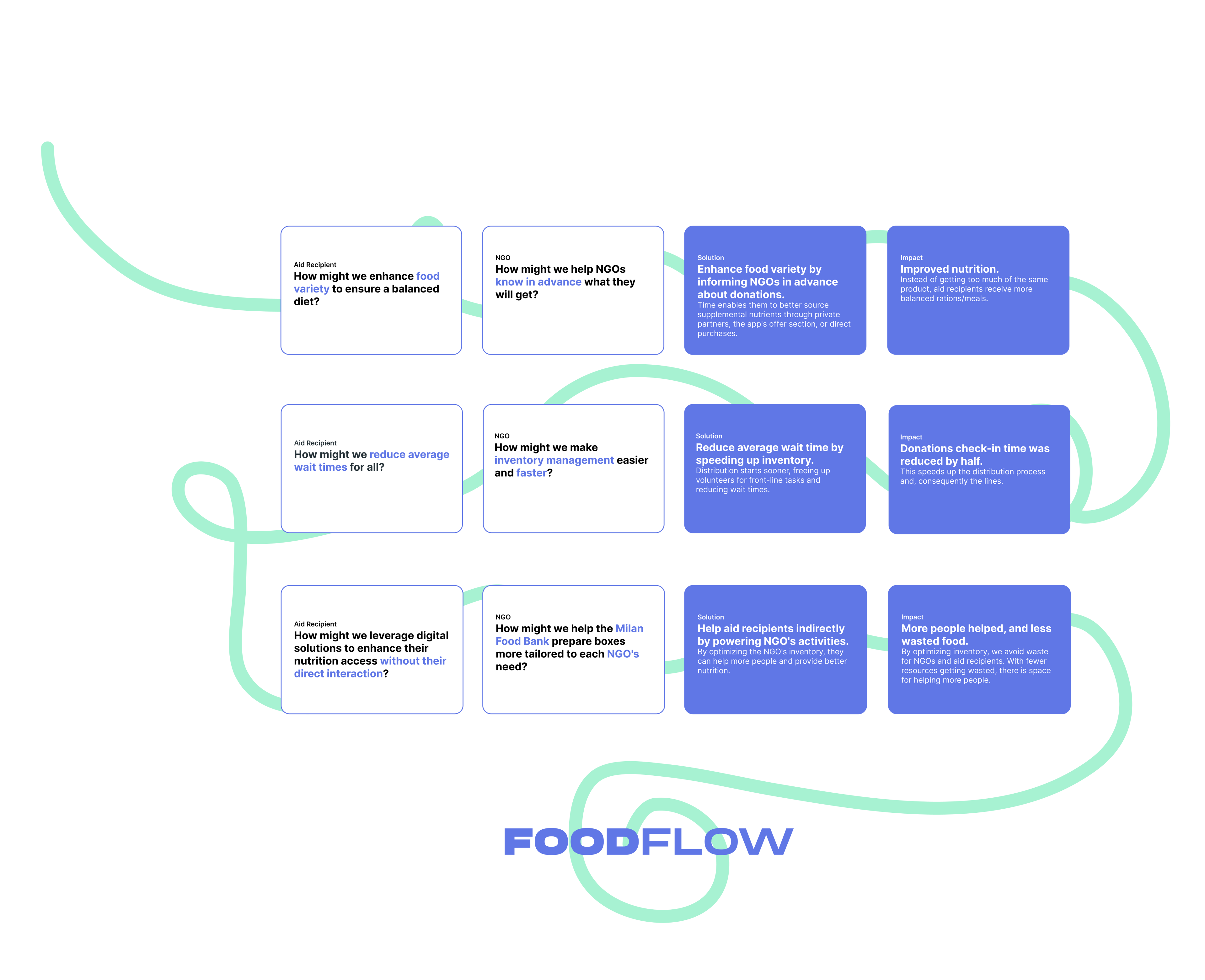
Impact
Impact
Accessibility Considerations
AFFORDABLE ACCESS
Small NGOs can use the app at no cost. Medium and Large NGOs can upgrade to a premium version with advanced inventory features for $300, significantly less than the rate ($1,357) some of them pay for similar systems.
OPTIMIZED FOR COLOR VISION
The app screens were checked for color blindness accessibility (protanopia and deuteranopia types) using Photoshop's proofing feature.
VISUAL IMPAIRMENT
While images have alternative text descriptions, interactive graphs remain a challenge. The current solution is a data export feature, since tables are more accessible for screen readers. However, more engaging solutions should be explored.
Lessons Learnt
Addressing our cognitive biases earlier could have saved time.
We had assumptions about NGOs needing more donors that led to time-consuming errors. Discovering system waste was surprising. In future projects, I'd include a moment to map the team's assumptions, classify the riskiest ones, and include them in the research plan.
What people say often differs from their actions.
Initially, we used interviews and surveys to address RQ2 and RQ3 but couldn't find clear opportunities. Switching from attitudinal to behavioral methods provided tangible insights. This gave me a deeper understanding of when to resort to attitudinal and behavioral methods.
Machine Learning has a different iteration pace.
ML iterations are highly influenced by data dependencies, uncertainties in model architecture, and specific performance metrics. Unlike the deterministic feedback in software development, ML requires more exploratory cycles. Deploying ML models also presents unique challenges, such as model drift and retraining.
Team
Aylin Paçaci
Beatrice Fidone
Carolina Iplinsky
Giovanna Mundstock
Juliana Maines
Jun Deng
Project developed in the course of Final Synthesis Studio from Politecnico di Milano.
